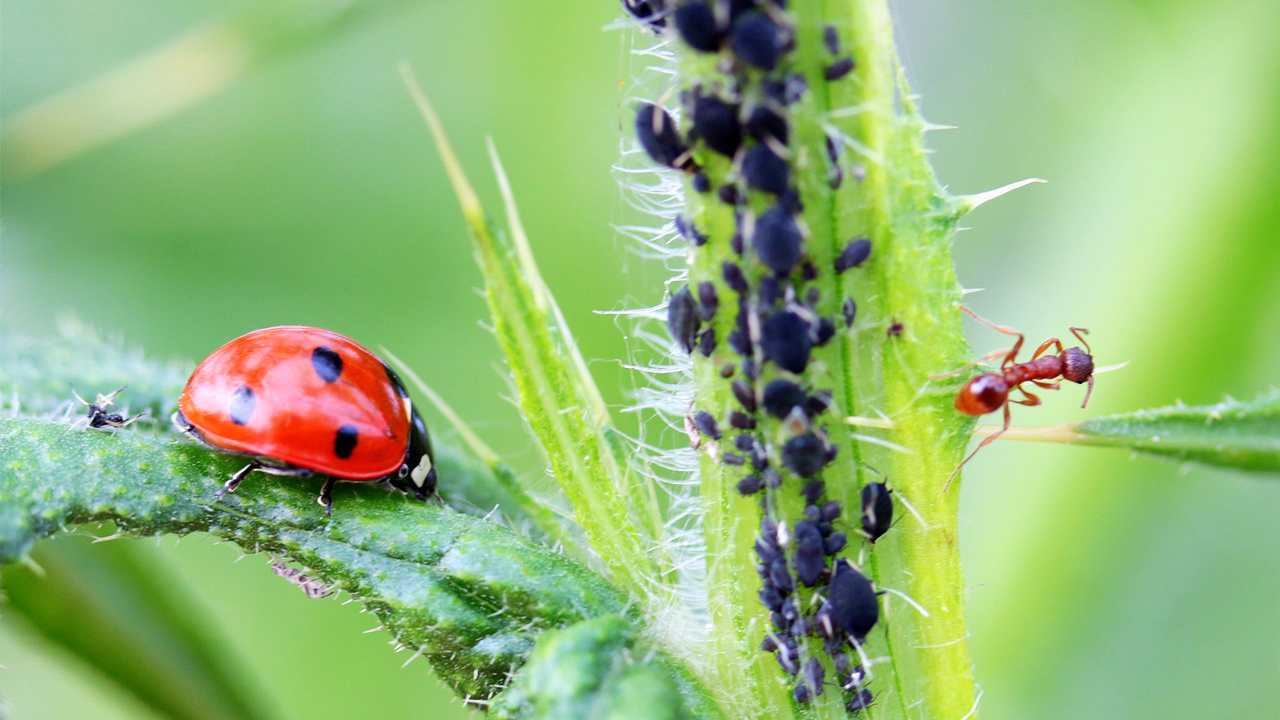
15, August 2024
How to Go on a Minibeast Safari
When you think of awe-inspiring wildlife, what springs to mind? Maybe it’s big cats stalking on the savannah, or penguins parading in Antarctica. But some of the most fascinating wildlife in the world exists in our parks and back gardens – we just have to zoom in a little closer to appreciate it. And summer is the perfect season to do just that. Time to switch off that Nature documentary (we still love you, Sir David!) and head outside on a minibeast safari…
What is a Minibeast Safari?

A minibeast safari is an opportunity to take a closer look at the invertebrates (they’re animals that don’t have a backbone) that live nearby. Tiny creatures like snails, ants and woodlice are such a familiar sight that we can take for granted just how amazing they are.
Our back gardens and parks are alive with a vast variety of small but fascinating and important creatures. Despite their small size, each of these magnificent minibeasts has an important role to play in biodiversity. And although searching for them is a wonderful (supervised) activity for children, you don’t have to be a child to enjoy it; stopping to closely observe Nature does wonders for adults too. So whatever your age, if you’re curious about the natural world, give a minibeast safari a whirl.
Getting Started
Before you head out on safari, you'll need to gather some equipment:
- Magnifying glass
- Clear jar with airholes in the lid (you can repurpose a jar at home, or buy a purpose-made bug viewer with a magnifying glass in the lid)
- Small, soft paintbrush
- Pen
- Coloured pencils or crayons (optional)
- Paper or notebook
- Camera or smartphone (TIP: Download the free Seek app)
This RSPB guide has lots of ideas for extra things you might like to pack, including their free, downloadable minibeast identification sheets. They recommend using a pooter, a special device used by entomologists to safely and gently collect tiny insects for observation. You can read all about how to make your own pooter here. It’s also a great idea to download the free Seek app, which helps you identify plant and wildlife species and keep a record of what you’ve found. Remember to be as gentle as possible with any animals you encounter, not to pick any up with your bare hands – and to always put them back where you found them.
Where to Search

Invertebrates are all around us! Plenty of them make their homes in gardens, and even on balconies and terraces that have plants growing in containers. Local parks, too, are teeming with minibeast life. Carefully lift small rocks or tree branches to discover beetles, earthworms and centipedes. Or look on plants and trees for caterpillars and butterflies, ladybirds and other pollinators. The crevices of tree bark are another great place to find insects and other invertebrates. If you do disturb a rock or log, remember to carefully put it back when you’ve finished.
Look for Signs
Play Nature detective and see what signs of invertebrates you can find: spider webs, snail and slug trails and chunks munched out of vegetation are all a signs that minibeasts aren't far away. You might also see eggs on plants; shield bugs lay their tiny, spherical eggs in neat clusters on the underside of leaves. If you find some, take or draw a picture but do not disturb!
Getting Close
Use a magnifying glass to get a much closer look at the minibeasts you discover. The RSPB recommend gently brushing bugs into a clear jar with airholes in the lid to enable you to do this. You can use also use a pooter (see above) to collect them. This is the bit where you get to observe your minibeast in great detail. Get a good look at their colourings, markings and antennae and count how many legs they have. Use the identification sheets or the Seek app to find out what type of minibeast you have found. When you’re done, carefully put the creature back where you found it.
Keep a Record
How many minibeasts can you encounter on one safari? Keep a record so you can count! Switch to macro mode on your phone camera and take some close-ups of the creatures you find. If you don’t know what your find is called and you don’t have the Seek app, look it up when you get home (or go to your local library and find it in a book) to find out its name. You can also search online and in books to find out fascinating facts about the minibeasts you encountered – and learn more about their role in the ecosystem. If you prefer to draw by hand or write, make sketches of the bugs you find and take down notes about them. This is a form of Nature journalling, a wonderful activity for all ages that really helps you tune into the natural world, and is good for mindfulness, too.
A New-Found Appreciation

Getting up close to minibeasts and finding out just how incredible – and important – they are is a wonderful way to appreciate Nature, and a reminder to look after it. Maybe you’ll discover ants farming aphids for honeydew, or woodlice (also known as cheesy bugs, Billy Bakers and a host of other regional nicknames!) breaking down decaying plant material. Perhaps you’ll find a snakelike elephant hawk-moth caterpillar before it changes into its fluffy, pink-and-yellow final form, or watch a snail munching leaves with its 12,000 teeth. One thing’s for sure: once you’ve been on a minibeast safari and learnt more about invertebrates, you’ll never look at them the same way again.

